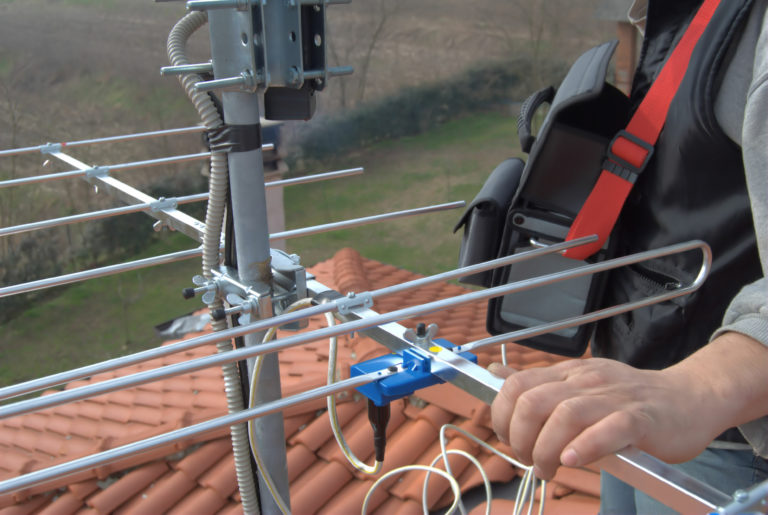Taking the leap of adding an over-the-air antenna for your TV can save you thousands of dollars a year. For a fraction of the cost of subscription-based services, you and your family can access a wide variety of free, high-definition channels, including local networks and even some digital stations that are available on other platforms.
However, as you install your new antenna, you want to make sure you do everything you can to ensure a high-quality picture and the best reception to get the most channels possible. One term you might hear or see in installation guides as you work to perfect your TV’s reception is antenna gain.
But, what is antenna gain and how does it help you maximize your OTA TV experience?

The Science of Antenna Gain
Antenna Gain is a highly scientific concept, but Telewave does a nice job of making it easier to understand for the consumer. According to the website’s experts, antenna gain “indicates how strong a signal an antenna can send or receive in a specific direction.”
It’s important to know this because how well an antenna can send and receive radio signals determines the quality of your TV picture, as well as the number of channels you can receive in your home.
If your antenna’s target is far away, then you want to make sure you have an antenna that has the ability to hit higher gain readings. That’s because, with directional antennas, you want an antenna that can take the radio frequency from your target and boost the signal into your home.
Antenna gain works a little differently with round or omnidirectional antennae. Since an omnidirectional antenna is often meant to be used to help give radio frequency signals wirelessly to a home or a room, you actually want to avoid a higher gain reading because you want a more balanced gain to make sure the signal isn’t too focused and not able to reach multiple wireless locations in the home.
Netxl.com provides a fabulous tutorial on antenna gain to help simplify this concept.
Antenna gain vs. antenna range
Sometimes customers can get confused between antenna range and antenna gain because they both deal with signal reception. All you need to know is that the antenna range is “determined by the distance up to which an antenna is capable of receiving a signal from broadcast towers,” according to Antennas Direct. There are short, medium, and long-range models available.
In contrast, antenna gain is the equipment’s ability to focus a signal and its energy from a particular direction. The level of antenna gain will not necessarily increase an antenna’s overall range.

How to check antenna gain when purchasing
Most antennae sold are labeled as high gain in their packaging. The best way to find a high-gain antenna, if that’s what you’re looking for, is to search for it on Amazon or at your favorite electronics store.
Once you purchase your high-gain antenna, then you won’t need to worry about all the technical details. Proper installation will ensure your new antenna will give you the best reception and channel selection possible.




